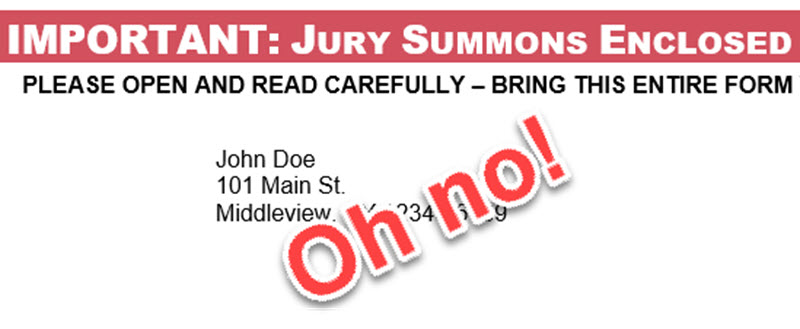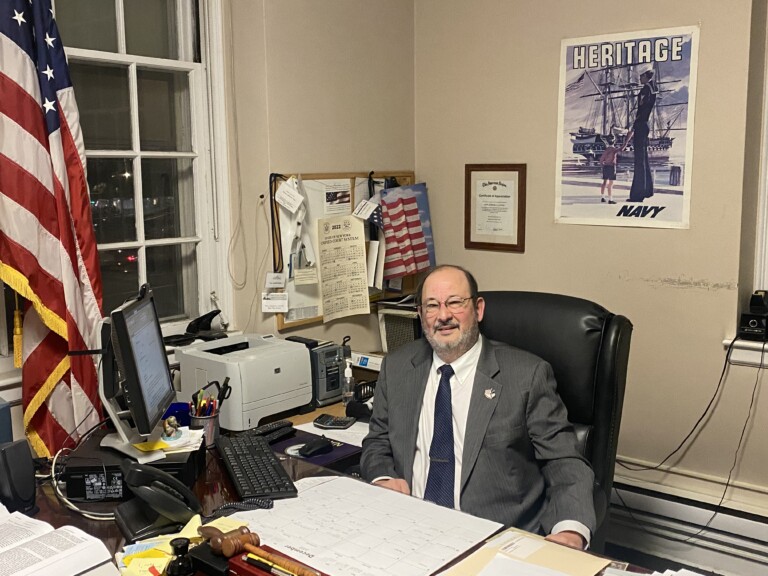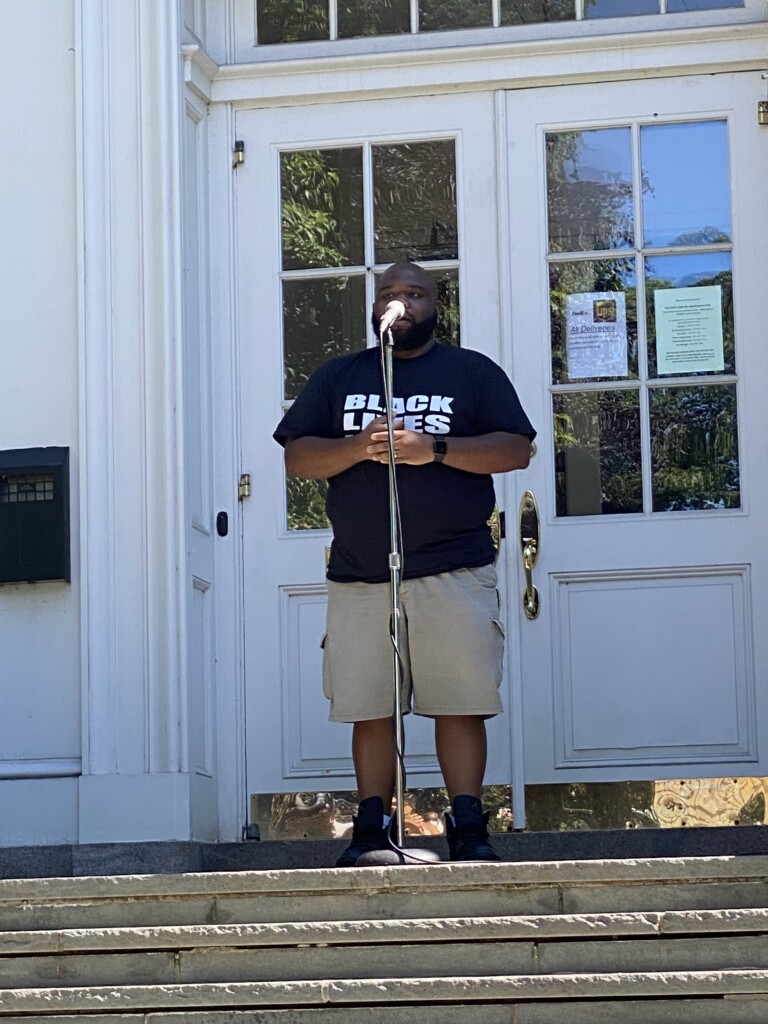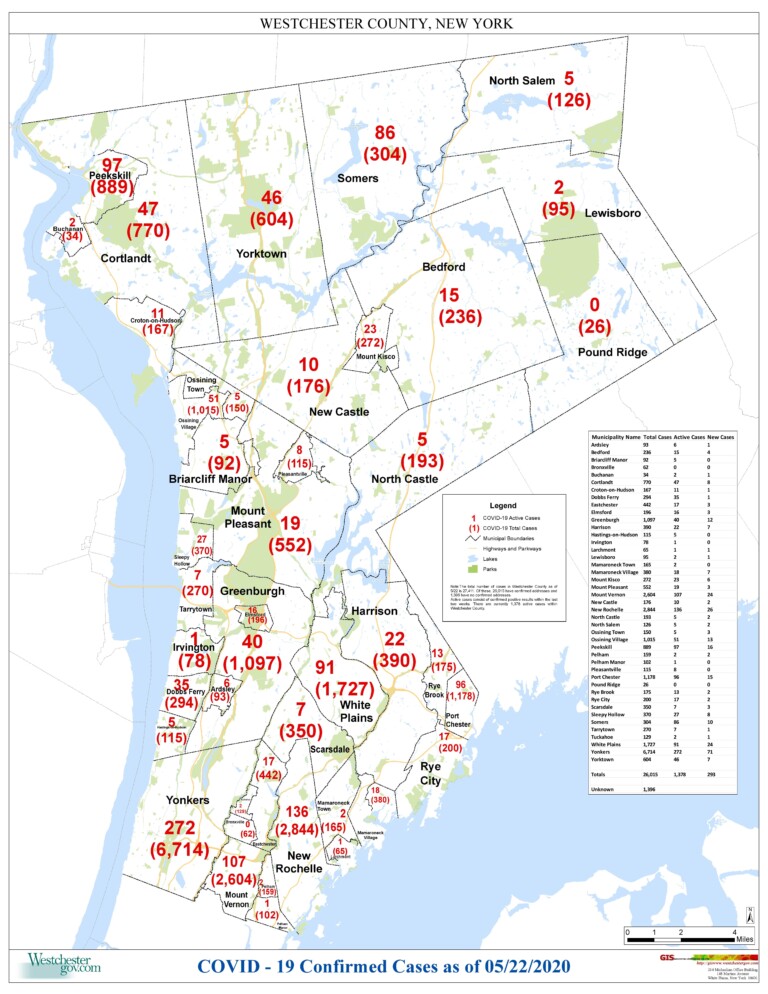Holding Court: So, You [Don’t] Want To Be a Juror – Part 2!

Holding Court is a series by retired Rye City Court Judge Joe Latwin. Latwin retired from the court in December 2022 after thirteen years of service to the City.
What topics do you want addressed by Judge Latwin? Tell us.
By Joe Latwin

So, you [don’t] want to be a juror Part 2
In Part 1 we discussed how you get put into the jury pool (no splashing allowed). Now we will discuss what happens once you are deemed eligible and available.
The Commissioner of Jurors will create a list of potential qualified jurors in the County. Once a court asks for a jury, the Commissioner will send a list to the court clerk. The list will contain the names and addresses of a number of potential jurors from the entire county. Until a few years ago, only Rye City jurors were on the Rye City list. But the list now contains people from the entire county. For the typical DWI trial, 60 names are drawn from the list. That list is sent to the court clerk. The commissioner of jurors will summon each juror on the list drawn for jury service by serving upon him a summons and specifying the place where and the time when he is required to attend. The summons may be served by mail. The Court Clerk usually would show the list to the judge scheduled to hear the trial so she can make sure there is no one who might not be able to be fair, i.e., a relative of the judge or a witness.
On the appointed day, the potential jurors will show up in court. Usually. almost everybody shows up. If there is a shortfall, the Commissioner can send people to Rye that reported to other courts, most often White Plains Supreme Court since it usually has a large pool of potential jurors reporting there.
Once you show up in Rye, you will give your paperwork to the clerks who will check you in. You will get to see a 20-minute video about serving on the jury. Once all the preliminaries are completed, the judge will give a general description of the case and who is involved (the judge, the attorneys, the court staff, and the parties). I would than ask if anyone had a problem understanding English (how did they know what I was asking them if they didn’t understand English?). I would ask if anyone had a problem serving due to a relationship with the judge, attorneys or parties. On a rare occasion, someone would ask to discuss their service with me and the attorneys in chambers out of the hearing of the audience. For instance, one person had a close relative killed by a drunk driver and thought she couldn’t be fair in DWI case because of this experience. Another had been a victim of a sexual attack and felt she would be traumatized by hearing of sexual attack case.
The attorneys then get to ask individual jurors questions to test their suitability to sit on this particular jury. The goal is to see if you can be fair, not to embarrass. In misdemeanor cases, six jurors and 2 alternates are selected. After examining the potential jurors, the judge, the lawyers and the parties will retire into chambers to exercise challenges to particular jurors. Each party has an unlimited number of challenges for cause – the juror can’t be fair
Each party also has a certain number of peremptory challenges. A peremptory challenge is an objection to a prospective juror for which no reason need be assigned. Each party gets ten peremptory challenges for the regular jurors in misdemeanor cases, and two for each alternate juror to be selected. Often the attorneys may consent to discharge a juror. Once all the jurors survive any challenges and are seated in the jury so that the number of jurors is complete, the clerk will swear in the jurors and the trial can begin.






